
Is expensive scotch (often climbing into the hundreds and even thousands of dollars) really that much better than mid-shelf expressions?
That’s a tough question to answer. Scotch, by its nature as an import, is a little more expensive overall than, say, locally sourced bourbon. Transport costs and tariffs add up. Still, there are some genuinely tasty and absolutely affordable scotch whiskies on the market. There are also some delicious, palate-expanding scotch whiskies that will break the bank, but just might be worth the expense.
Ultimately it’s going to depend on what you can afford and how much joy a good dram brings you. If you’re a neophyte on a budget, spending big cash on scotch is silly. If you’re an aficionado with money to burn, have at it.
To test whether cheap scotch whiskies can stand up to some of the more expensive scotch whiskies on the market, I decided to run another blind taste test. After all, it’s all about the taste of the whisky at the end of the day, right? Labels, awards, prestige, and price tags mean nothing if the flavors don’t work in harmony.
My experiment doesn’t have too many variables. I was looking at six single malts and two blended malts (those are blends that are only blended with single malts from various distilleries, as opposed to “blended whisky” which is a blend of single malt and grain whiskies from various distilleries). Meaning we’re sticking squarely in the wheelhouse of Scottish malt whisky. The price range is pretty vast, though. The cheap whiskies range from $35 to $57 per bottle. The expensive whiskies range from $145 to $760. That last number isn’t a secondary mark up either. That’s MSRP.
Part of my goal in tasting these blind was to see if I could tell which ones were expensive. Embarrassingly enough, I didn’t get them all correct. Read on to find out which.
Part I — The Blind Taste Test
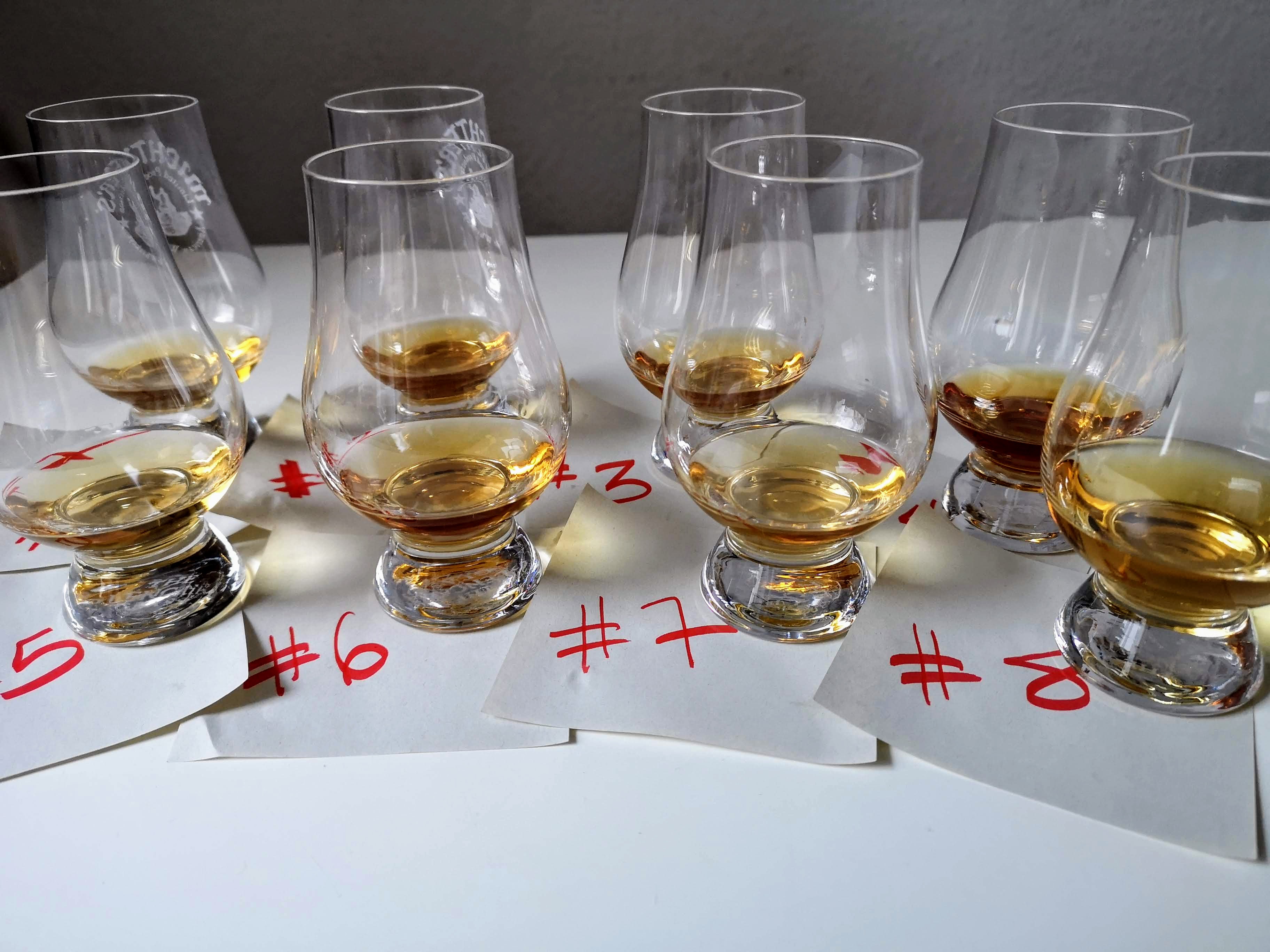
Taste 1
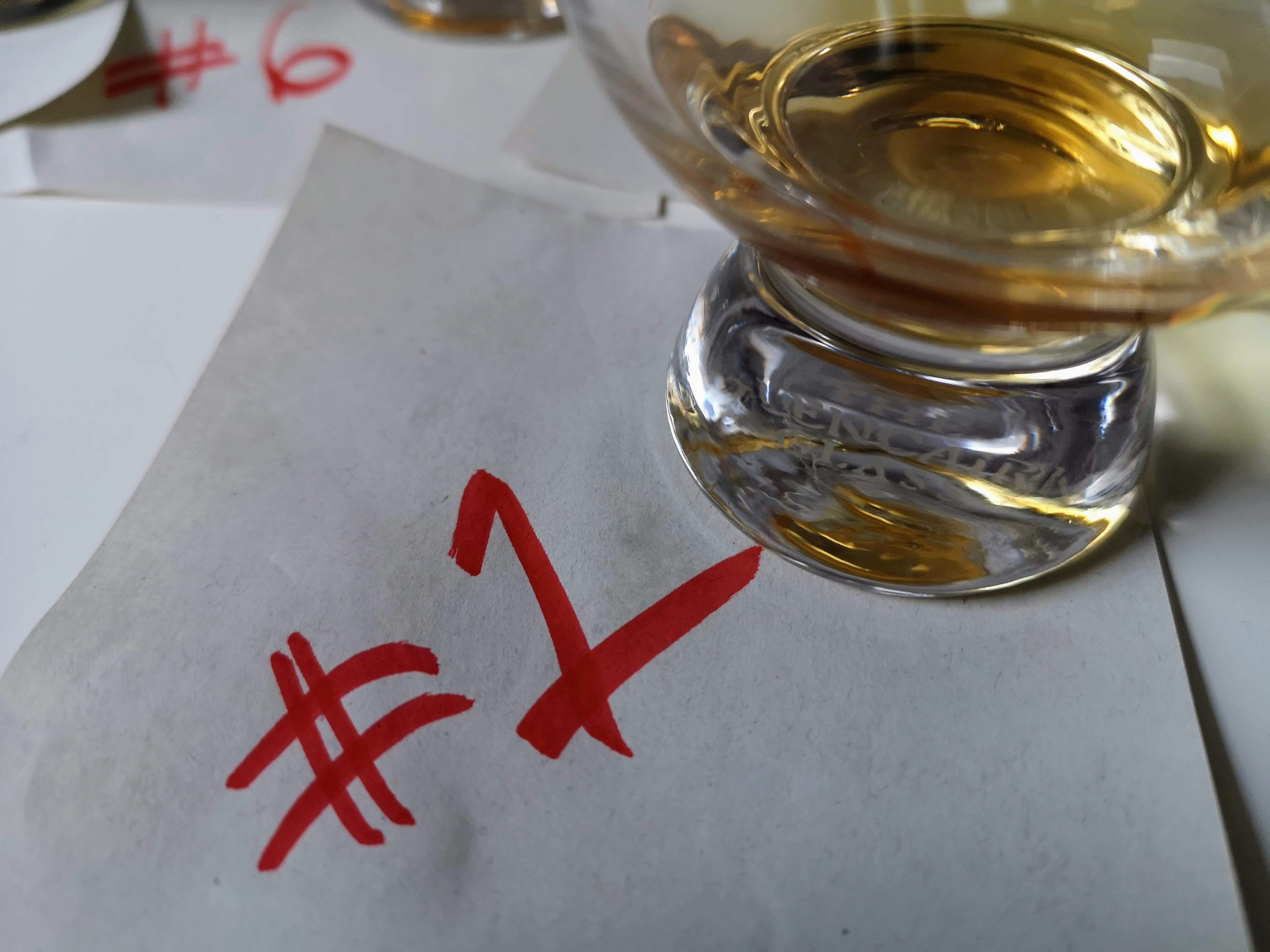
Tasting Notes:
There’s a nice mix of honey and spice on the nose and in the taste. It’s warm, young-ish, malty, and full of vanilla. There’s a sherry edge with… a touch of smoke on the end?
Botton Line:
Honey means Aberfeldy. There’s no way this is the woody Exceptional Cask, so it’s gotta be their 12-year expression, which is both affordably-priced and very enjoyable.
Taste 2
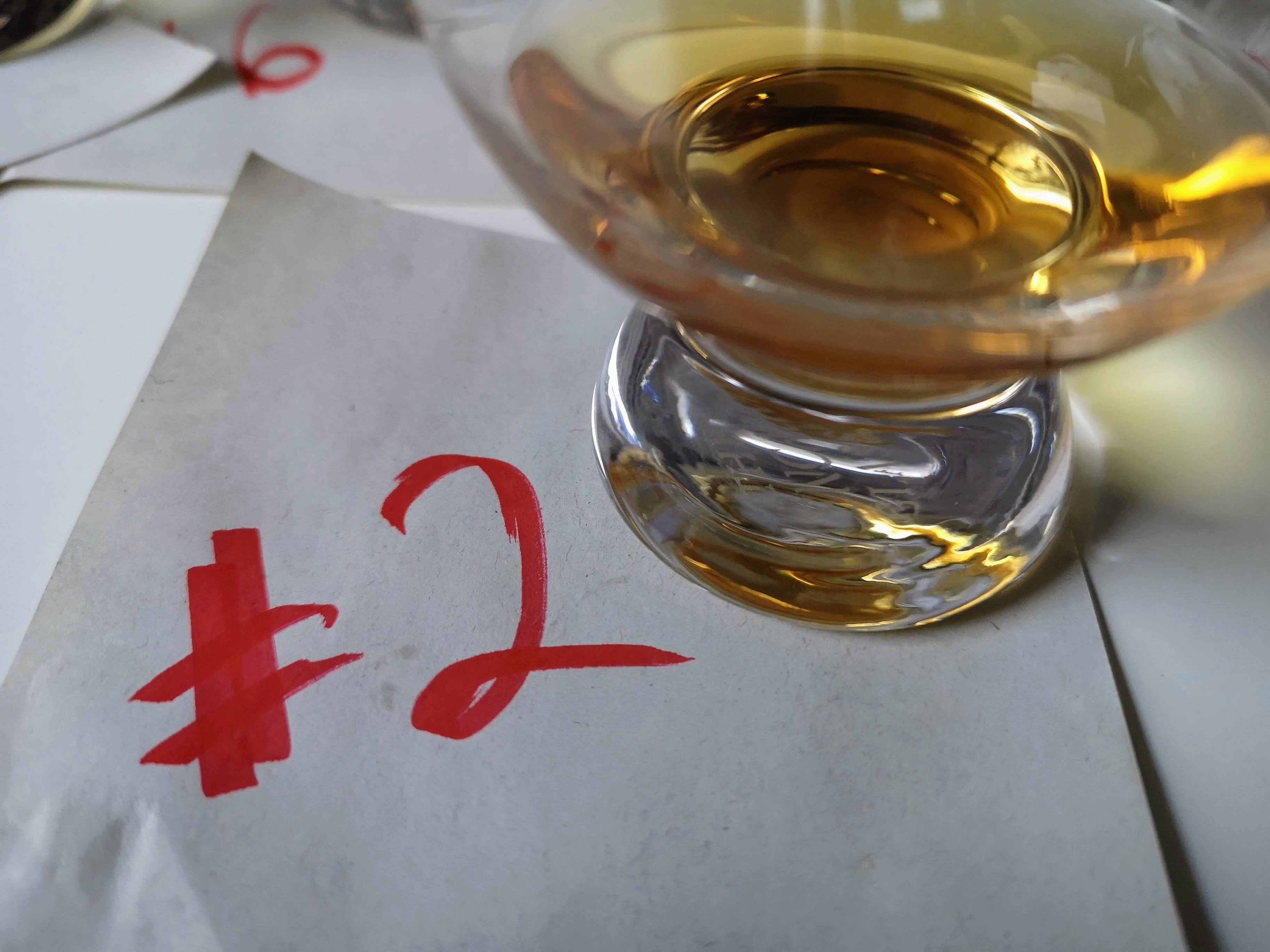
Tasting Notes:
Peppery, mildly smoky, and sea-brine forward. Christmas cake meets caramel malts meets sea spray. There’s a note of raw chili pepper in the backend that’s a nice counterpoint to all the other flavors.
Botton Line:
Smoke + Sea = Talisker. Affordable. Tasty. I want to put it in a highball or cocktail, not drink it straight. There are way better Taliskers out there for sipping, folks.
Taste 3
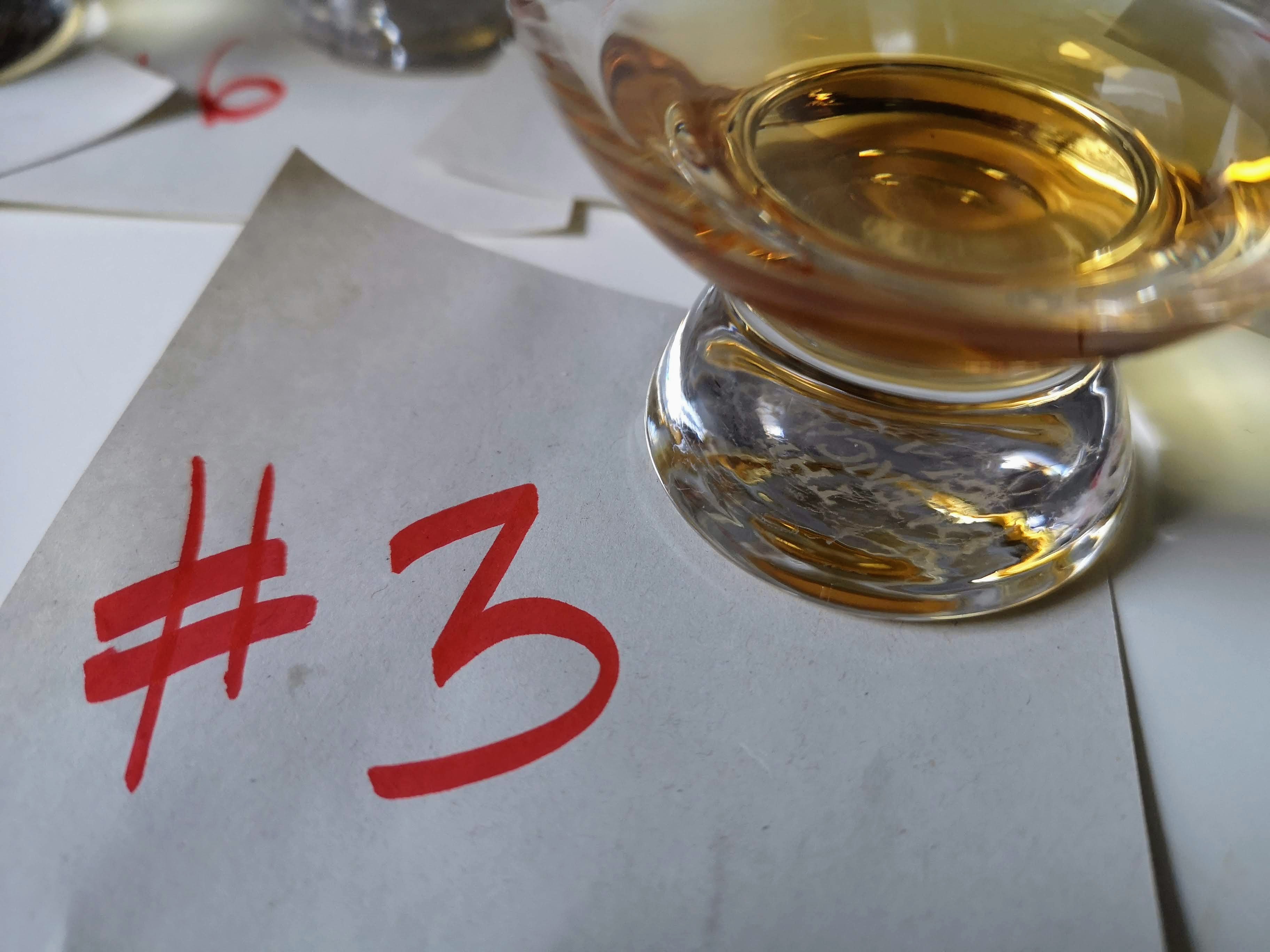
Tasting Notes:
I’m getting bitter orange marmalade, creamy vanilla leaning towards cream soda, a few Christmas spices, and a rush of ripe, red berries. This is nice but the body is fairly thin in a good way — it’s quaffable with no heat. The end is short and sweet with another hint of that spice.
Botton Line:
The thinness of the body means it’s gotta be a young malt or a young blend. It’s nice, but I’m going with something cheap for mixing. Which means there’s only one more cheap bottle in the tasting unless I’ve already screwed up.
Taste 4
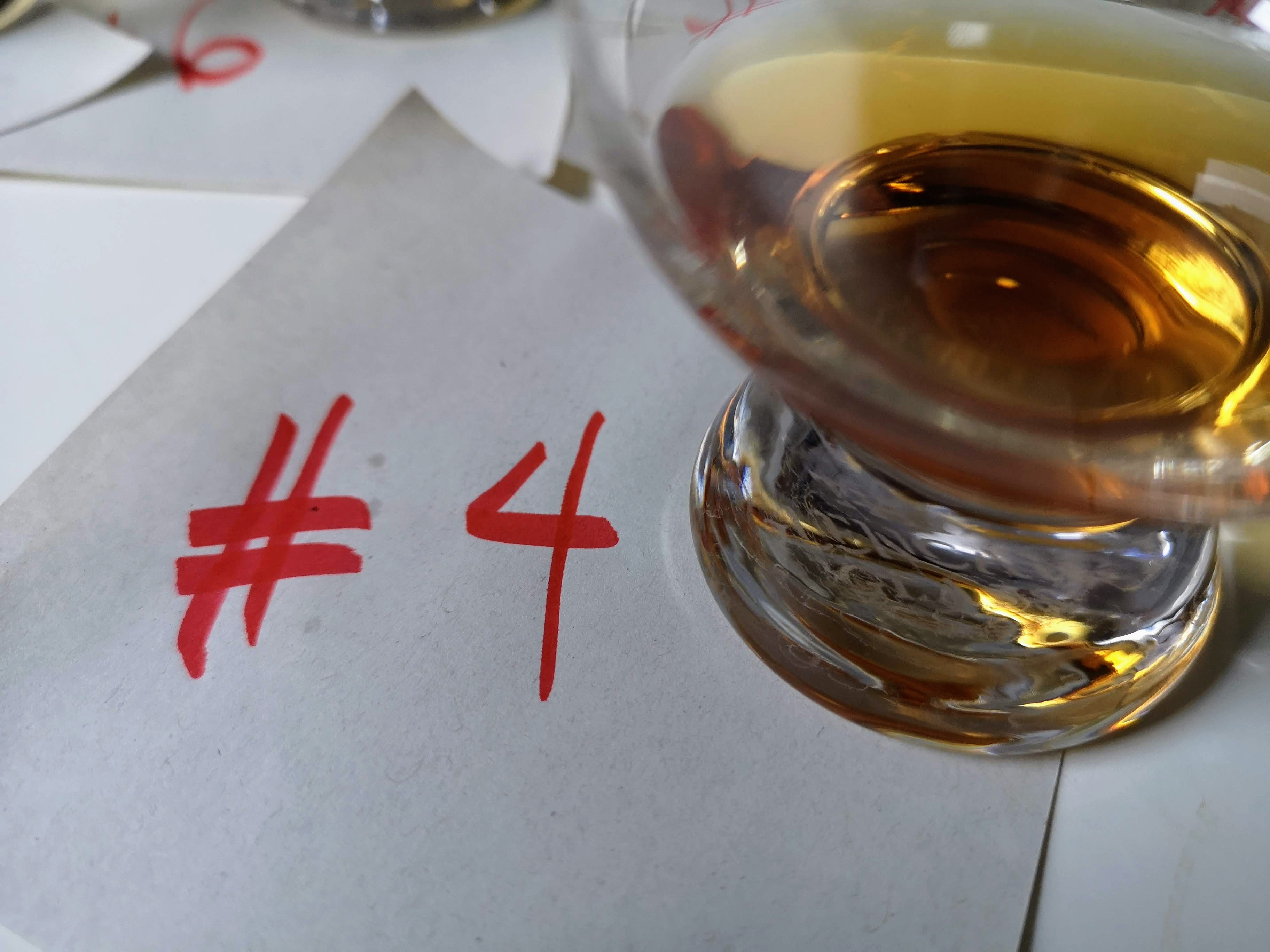
Tasting Notes:
This is lush vanilla ice cream covered in cinnamon-laced stewed apples and dotted with raisins and berries with a malty underbelly and leathery chew. It’s inviting, sweet/spicy, old, and velvety smooth.
Botton Line:
Wooow, this was tasty. It’s like the best ice cream sundae you ever had melded with a well-crafted, supple old whisky. I wouldn’t even cut this with water. It has to be expensive to be this good.
Taste 5
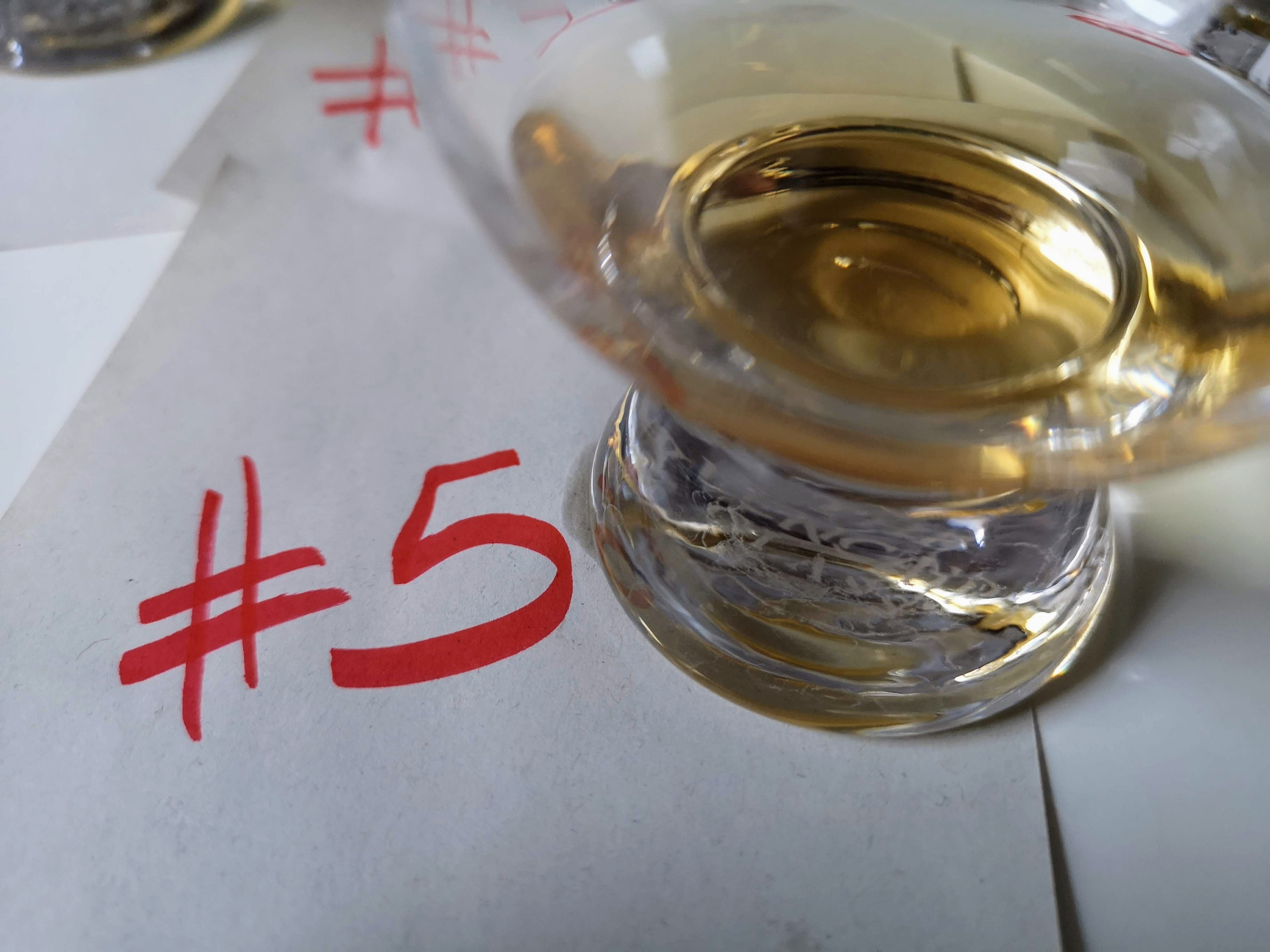
Tasting Notes:
This is familiar. The Christmas cake and chocolate-chili feel are really enjoyable on the tongue. Those notes last a while and orange oils arrive with subtle fruit sweetness.
Botton Line:
This is Mortlach and very expensive. I’ve tasted this dram a lot over the past few months. It’s really growing on me. The first time I tasted it, I was sort of shrugging it off. Now, I think I want to drink it every day.
Taste 6
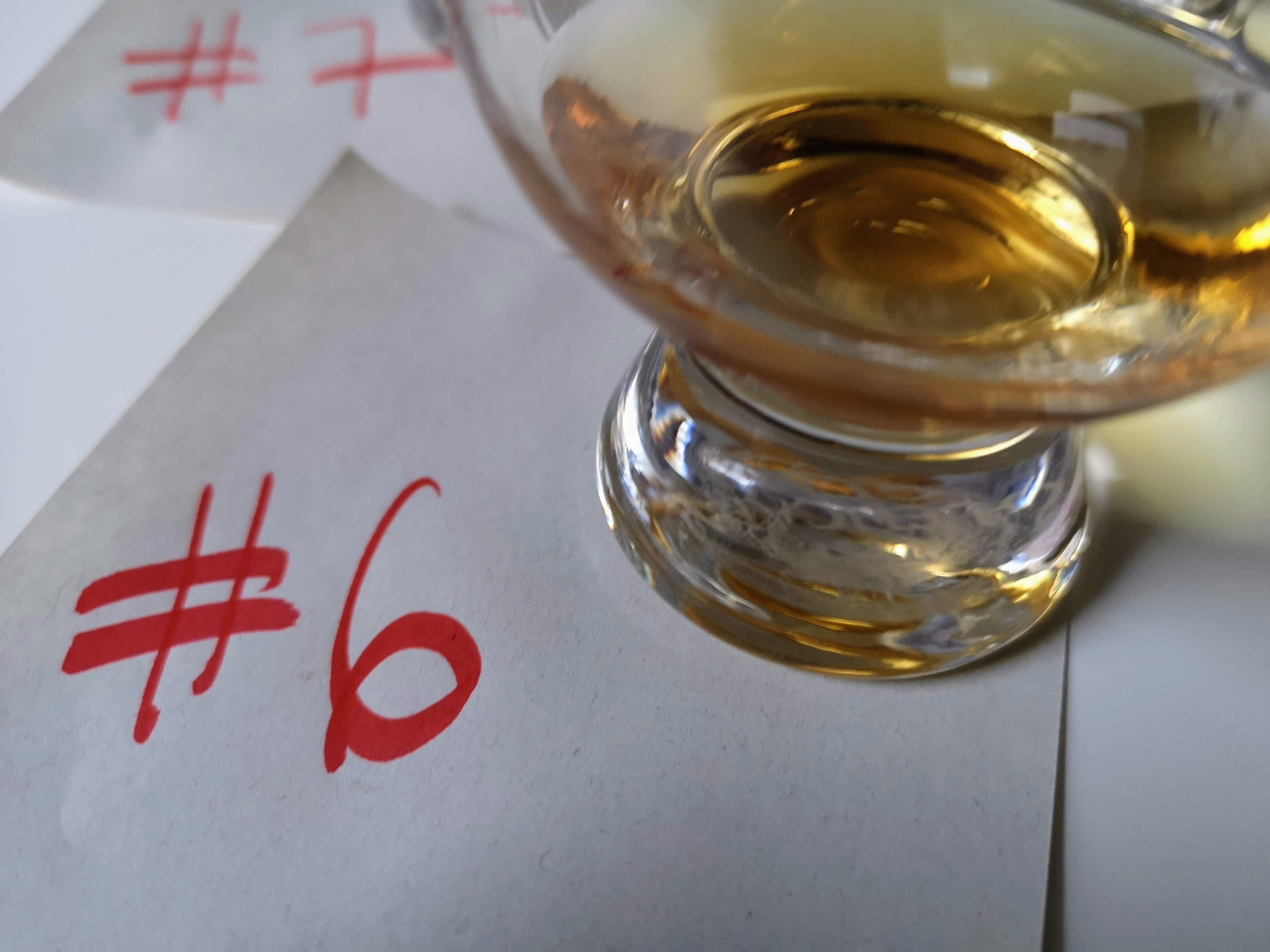
Tasting Notes:
There’s a clear sense of soft cedar with a nice mix of fruit, pepper, and vanilla. The fruit carries on towards a nice hint of dried flowers. The end is very smooth and has a medium length.
Botton Line:
Scotch generally gets cedar-y when it’s old, so I have to go with this being a very tasty but expensive bottle of booze.
Taste 7
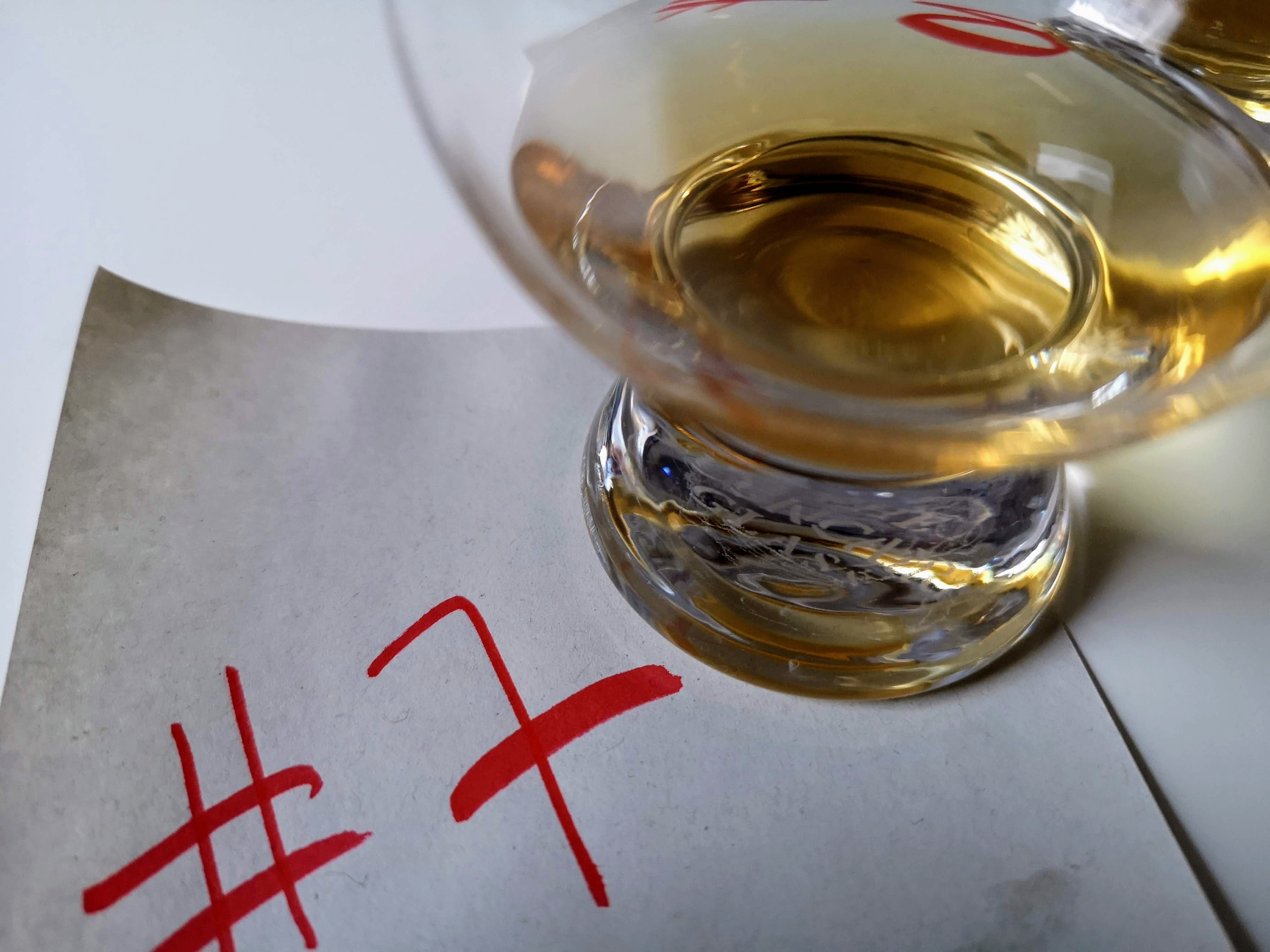
Tasting Notes:
This is more like a toasted wood than a cedar, though the wood is more dialed back and with notes of honey, Christmas cakes full of spice and fruit, and some orange oils. Caramel malts meet dried flowers and a hint of dark, sweet chocolate. That wood lasts right through to the very light end.
Botton Line:
Hum. I’m not sure what this is. The toasted wood and lightness on the end kind of throws me off. I’m wagering that this is a cheap bottle.
Taste 8
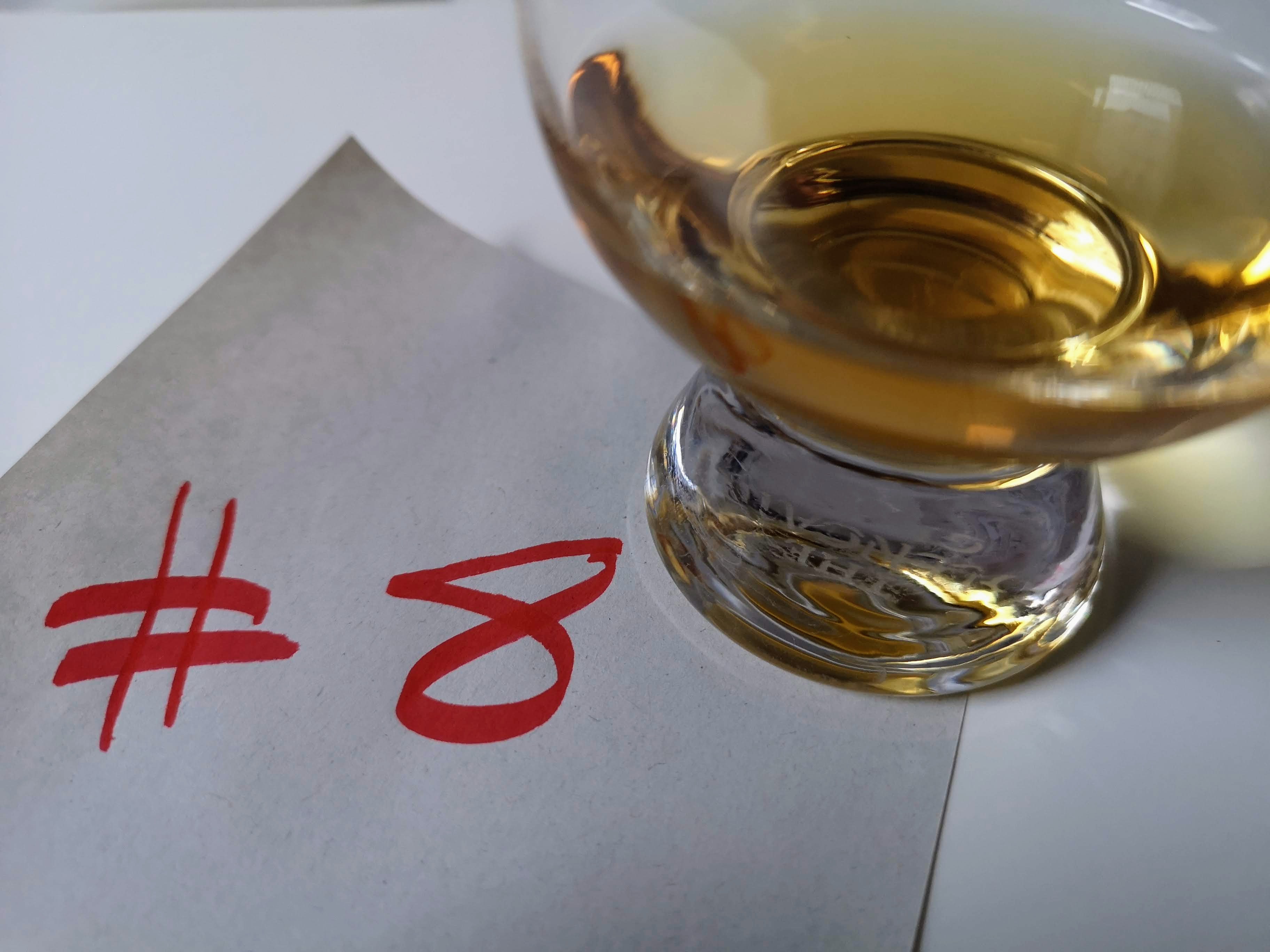
Tasting Notes:
Salted caramel dances with malts and roasted nuts. The body is bold yet light with a bit of dark chocolate leading towards coconut, more nuts, and more sea spray. This is bright, minerally, earthy, sweet, salty, and tasty AF.
Botton Line:
Hello, old friend. This is Oban. Expensive. Delicious. Needs nothing in the glass.
Part II — The Answers
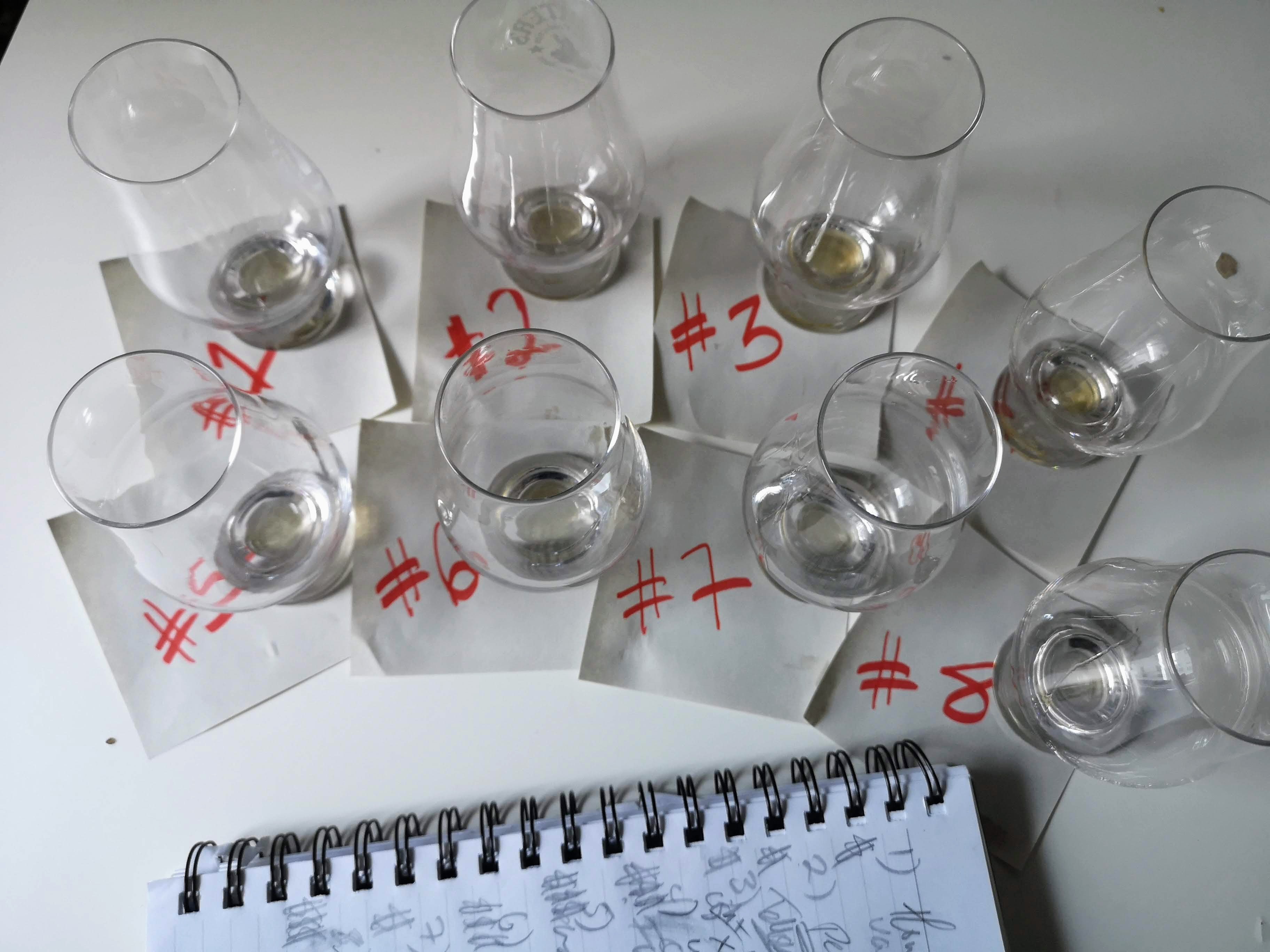
1. Aberfeldy 12 (Affordable/Correct)
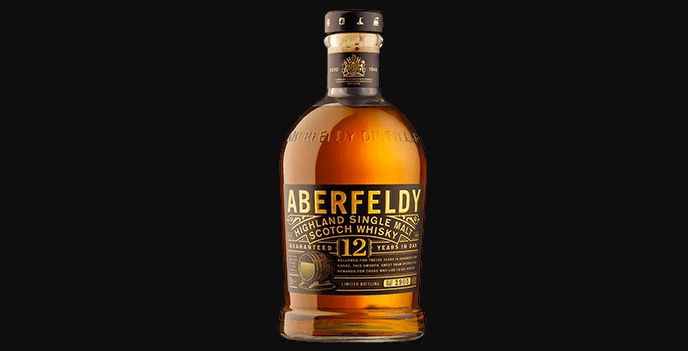
ABV: 40%
Average Price: $44
The Whisky:
Aberfeldy is one of the main malts that go into the iconic Dewar’s Blended Scotch. The classic Highland single malt is all about those honeyed notes, Highland wildflowers, and easy drinkability.
2. Talisker Game of Thrones House Greyjoy Select Reserve (Affordable/Correct)
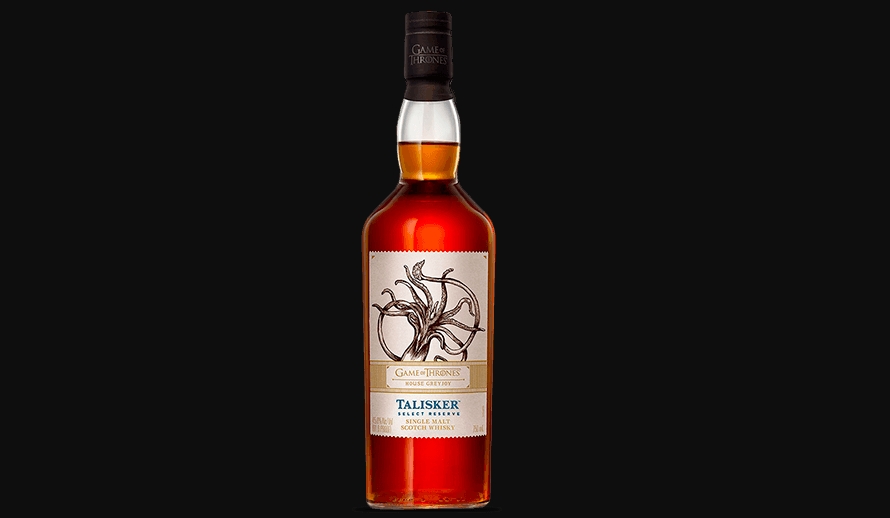
ABV: 45.8%
Average Price: $57
The Whisky:
Launched in 2018, this expression celebrates the final season of HBO’s Game of Thrones. The juice is aged in extra-deeply charred ex-bourbon casks to add an edge to the already edgy whisky.
3. Monkey Shoulder Blended Malt (Affordable/Correct)
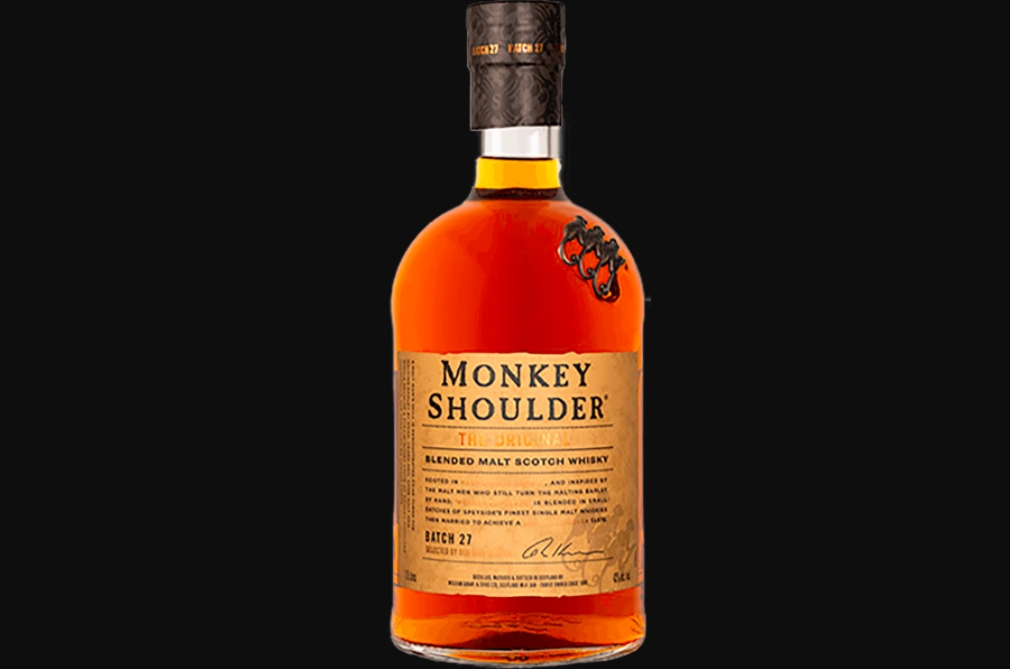
ABV: 40%
Average Price: $35
The Whisky:
This malt blend is quickly becoming a whisky-fan favorite for its extremely easy drinkability and very accessible price point. The malts involved are drawn from Kininvie, Glenfiddich, and The Balvenie. The whiskies are married and then spend six to 12 months resting in a tun (batching container) before proofing and bottling.
4. Aberlour 18 (Expensive/Correct)
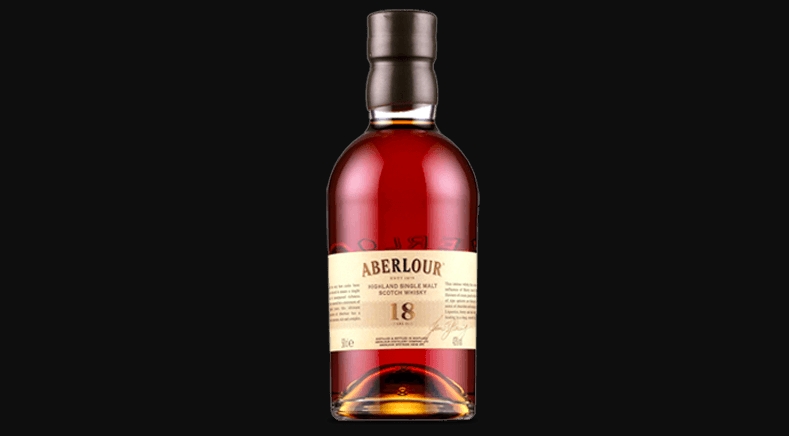
ABV: 43%
Average Price: $145
The Whisky:
Speyside’s Aberlour is an iconic albeit not-well-known distillery. Their 18-year expression rests in ex-bourbon and ex-sherry casks for 18 long years before they’re combined, proofed, and bottled, creating this masterful dram.
5. Mortlach 21 (Expensive/Correct)
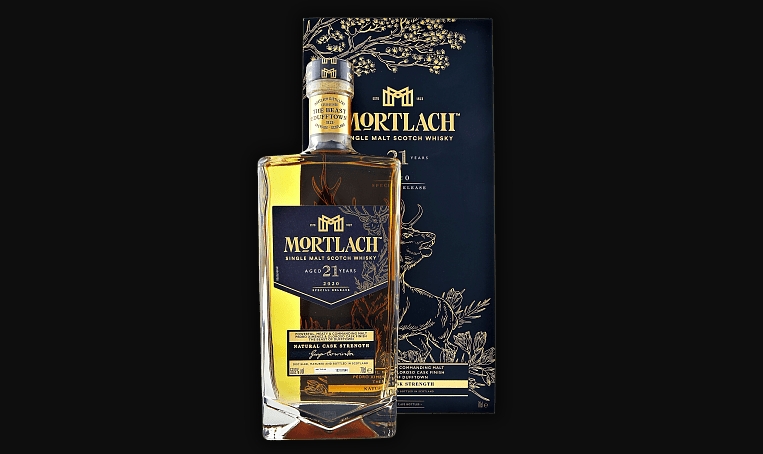
ABV: 56.9%
Average Price: $760
The Whisky:
This is the 2020 release from Diageo’s Rare By Nature Collection. The Dufftown whisky is very eclectic and really only known to hardcore scotch fans. The juice is a small-batch whisky drawn from juice aged for over 20 years and then finished in Pedro Ximenez and Oloroso sherry seasoned casks.
6. Johnnie Walker Green Label Pure Malt (Expensive/Incorrect)
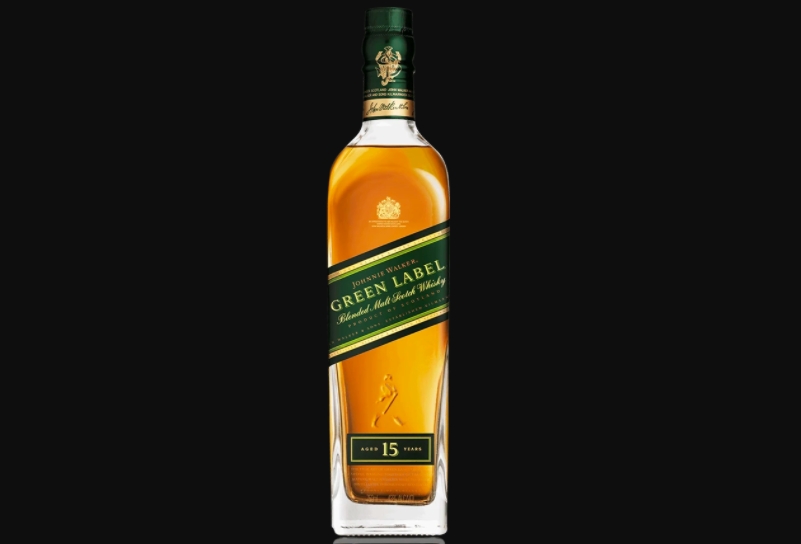
ABV: 43%
Average Price: $45
The Whisky:
Johnnie Walker Green is a “pure malt” blended whisky. That means it’s made from single malts only. In this case, that’s juice from Speyside, Highland, Lowland, and Island whisky regions with a focus on a minimum of 15-year-old Talisker, Caol Ila, Cragganmore, and Linkwood.
7. Aberfeldy 20 Exceptional Cask (Expensive/Incorrect)
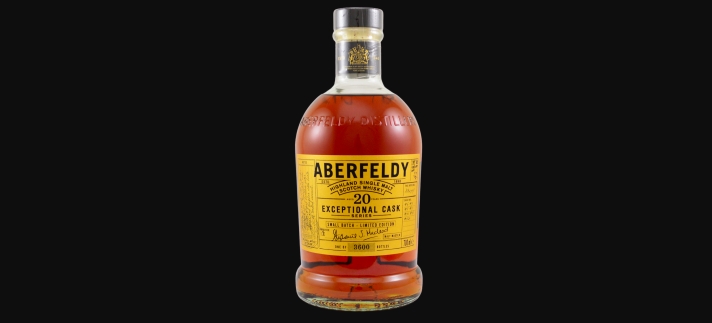
ABV: 43%
Average Price: $235
The Whisky:
These very limited yearly releases from Aberfeldy are aged in two oak programs — in this case, the juice was moved into Sauterne casks (a French dessert wine) for its finishing run. The best barrels are then hand-selected by Aberfeldy’s Master Blender for their unique nature and bottled.
8. Oban 21 (Expensive/Correct)
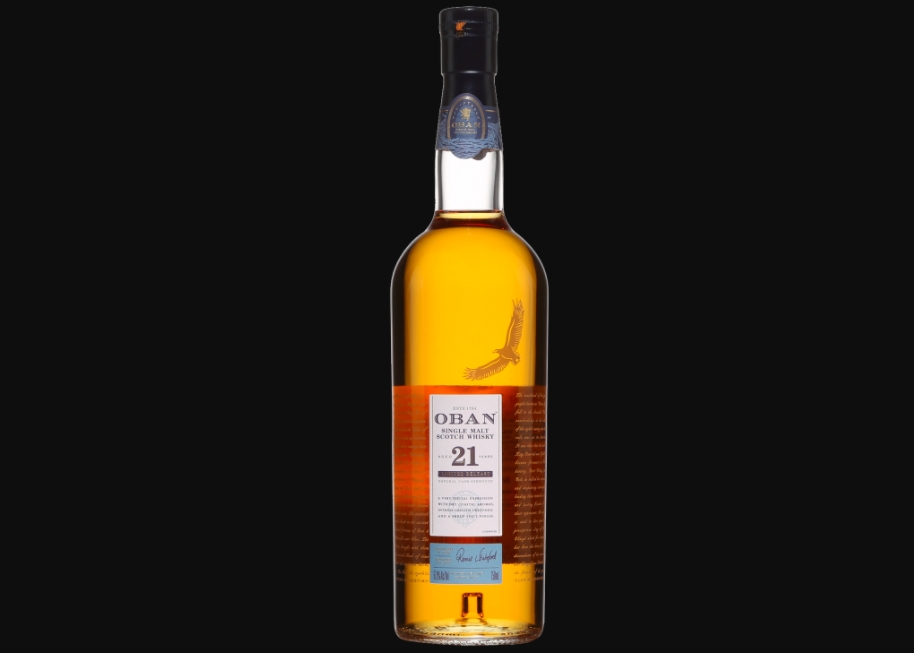
ABV: 58.5%
Average Price: $599
The Whisky:
Oban is a very straightforward whisky done right. The juice is put to bed in a re-fill European oak barrel and left alone for 21 years in the tiny Oban warehouses right on the sea. That’s it. The best barrels are selected and bottled as is. The result is one of the finest examples of single malt you’ll ever find.
Part III — Final Thoughts
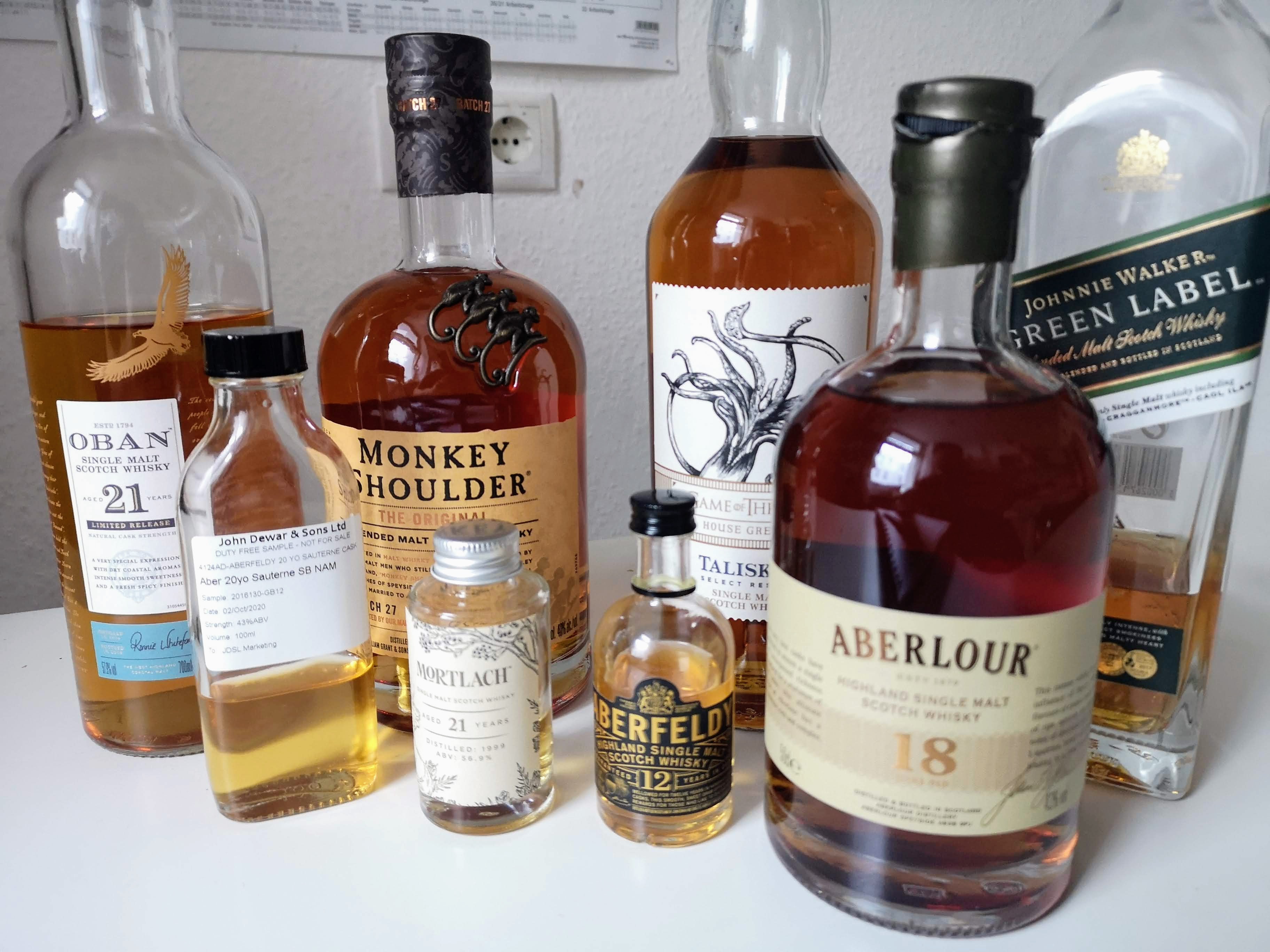
I can’t believe I got the Aberfeldy 20 wrong. I just tried that dram two weeks ago. Then again, maybe it’s a testament to how well-done that Johnnie Walker Green bottle is that I thought it was so pricey?
I don’t know. My palate might just be tired. I’ve tasted a lot of whiskeys this month.
All of that being said, if I had to rank these by which ones I want to drink again right now, it’d go like this:
8. Monkey Shoulder
7. Aberfeldy 20
6. Talisker House of Greyjoy
5. Aberfeldy 12
4. Johnie Walker Green Label
3. Mortlach 21
2. Aberlour 18
1. Oban 21 (this is the mountaintop of great single malts for me)
I should start saving money now for those top three since those bottles would set me back $1,194. That’s a bummer. I guess I’ll just stick with the Johnnie Walker Green Label until I can afford the others.
